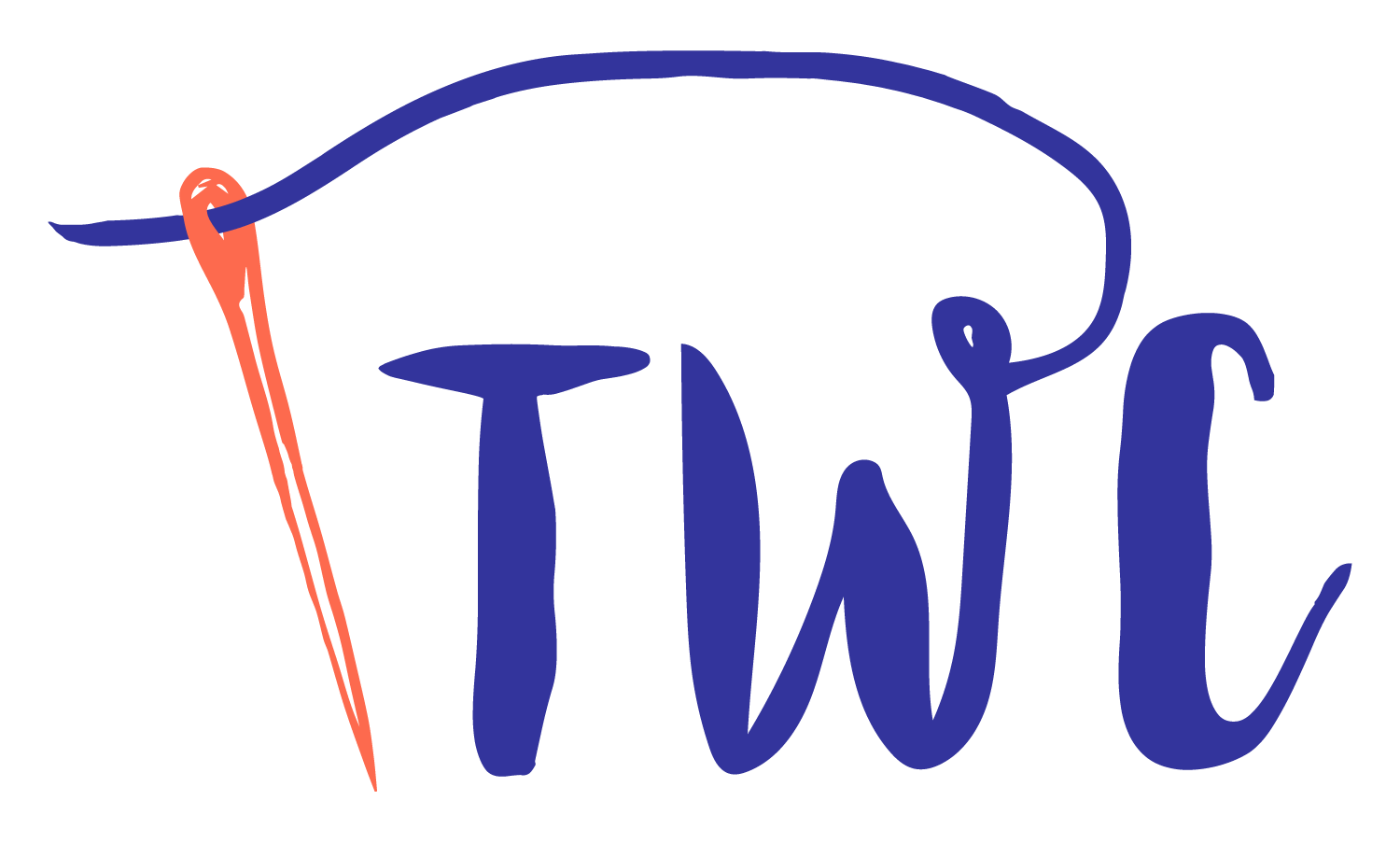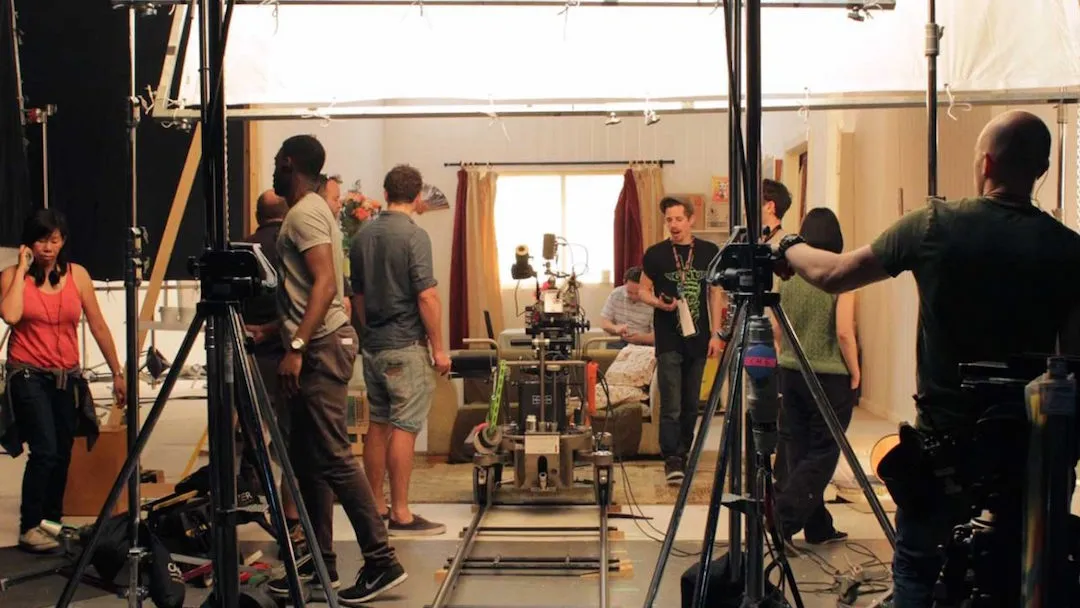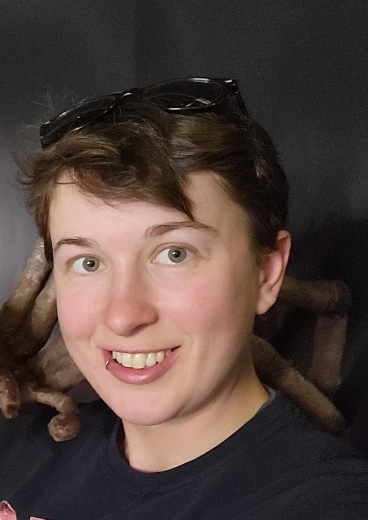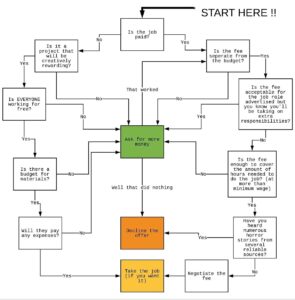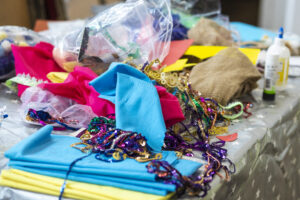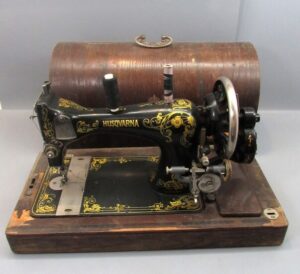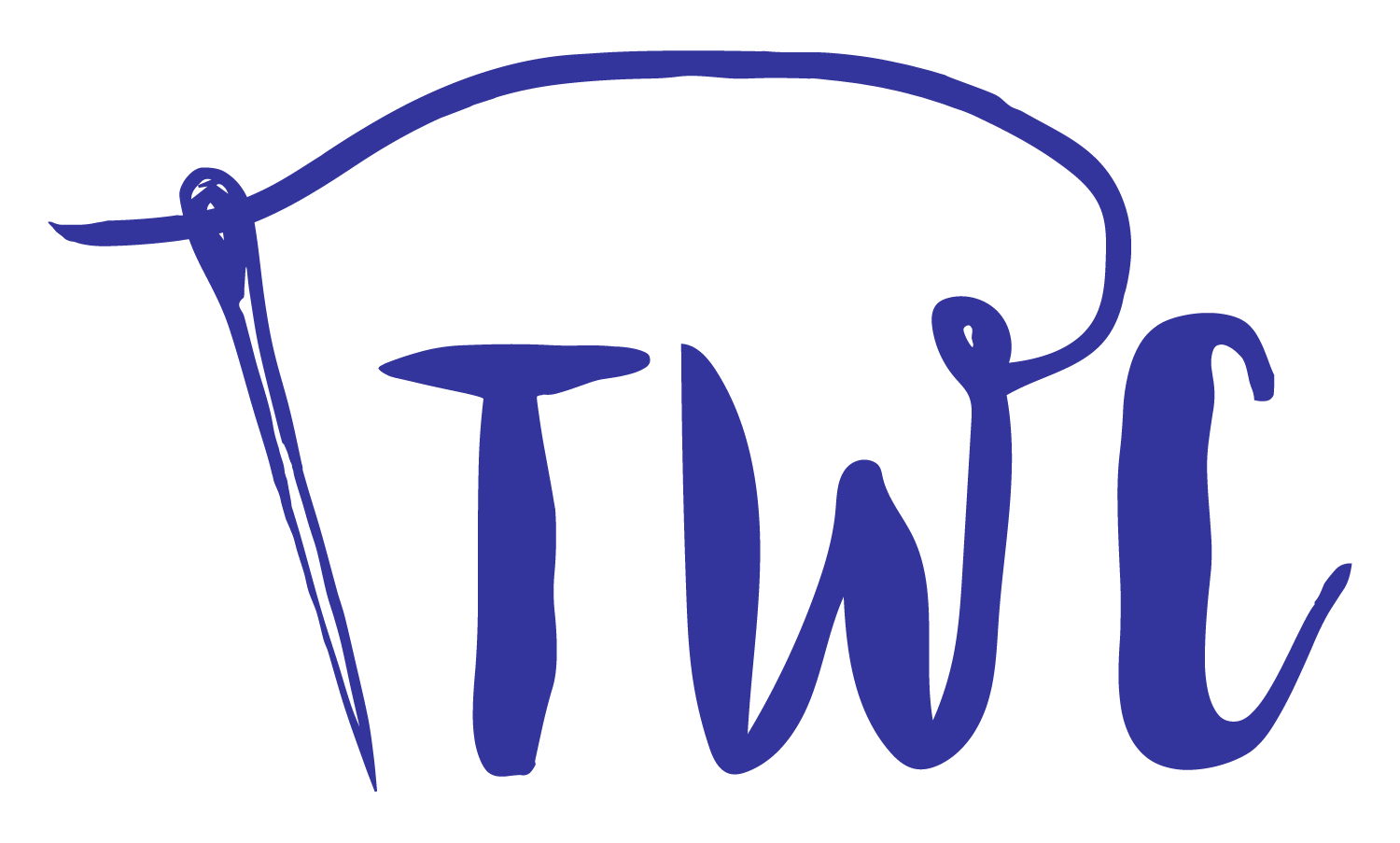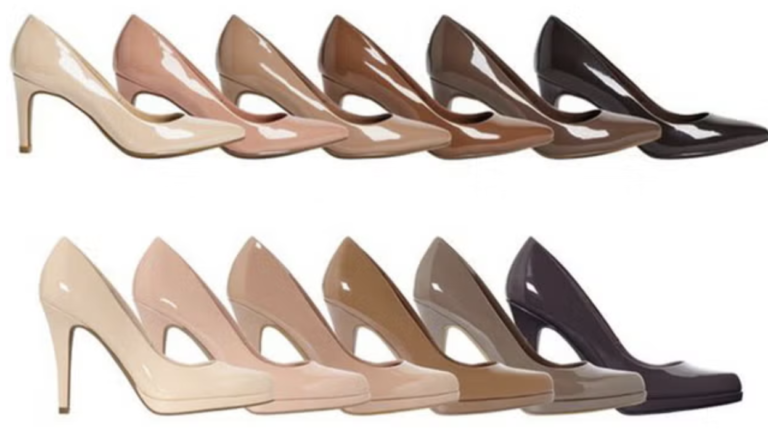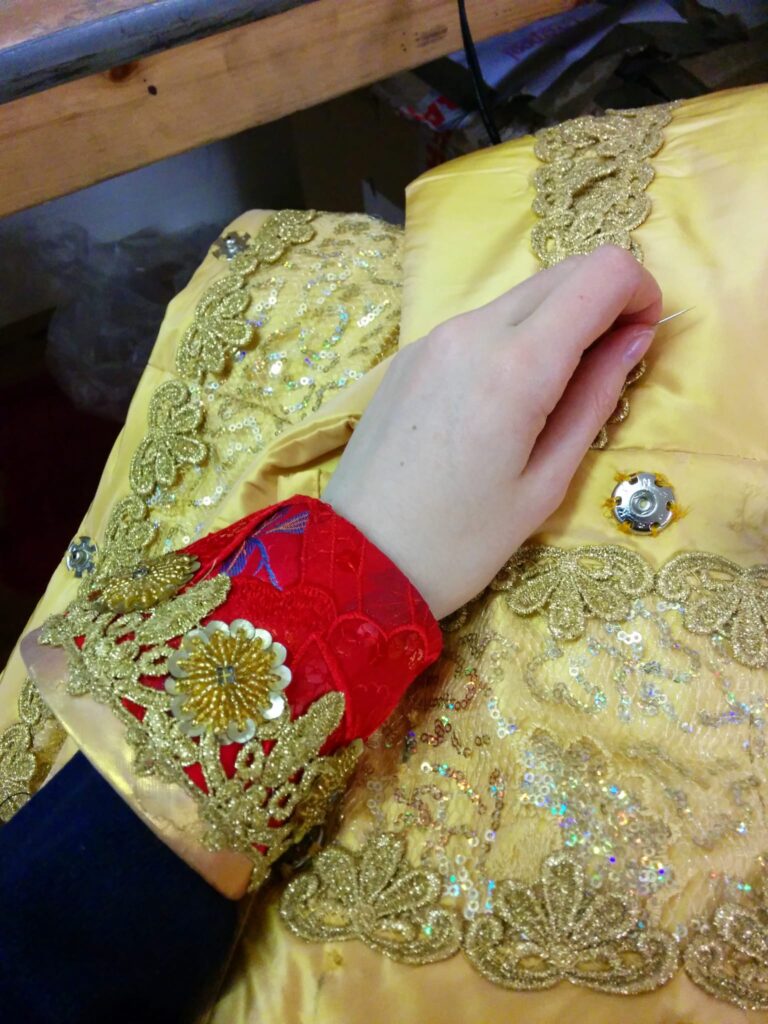Calling Checks: The 1st AD will call for checks meaning costume and hair/makeup department can get on set and check the actors for a take
Going 10.1: Going to the toilet
DFI: Disregard Former Information, this is used if someone asked something on the radio but now does not need that information
Stepping On: When someone goes onto set
Travelling: When someone is going somewhere, eg. Travelling to set or travelling to base
Radio Check: this is used to check your radio is working. You can say ‘radio check’ into your radio and the response is ‘good check’. You can also reply if you hear someone else do a radio check
In ear/d ring/covert: The type of earpiece you use on your radio. An in ear or covert looks like an earbud headphone whereas a D ring fits over the top of your ear. Both work the same, it is good to try both and decide which you find more comfortable
Radio channels: On the call sheet is a list of radio channels which shows what radio number different departments use. In general channel 1 is used for everyone and if you want to ask someone a question you ask them to ‘switch to 2’ which is used as a private channel. The conversation is usually
“Harriet to Rachel”
“Go ahead”
“On 2 please”
“Switching”
Then you turn onto channel 2 to continue your conversation. When you are finished you end with
“switching back”
Meaning you will be on channel 1 again
Open radio/closed radio: Open radio means it does not have an earpiece attached and everyone can hear it. Closed means it has an earpiece
Keying: When someone accidentally presses the ‘talk’ button on the radio, it will make a scratching noise that everyone else can hear on their radio. Someone will usually ask everyone to check to see if they are ‘keying on the radio’ so make sure you don’t have anything pressed against the button
Camera things
A cam and B cam: Labels to show which camera is being used. If you have more than one camera then they are labelled A,B,C and so forth. Then they might say ‘Only shooting on A this take’ meaning just one camera and you know which one it is. Equally they might say ‘A and B cam this time’ meaning you have 2 screens to watch
Going wider/tighter: the camera will be further away from the actors (showing more of them) or closer to the actor (usually ‘tight’ on an actors face)
Roaming shot: The camera will be moving around
Buying that: From the days where people bought a specific section of film, meaning that shot is the one that will get used
Turning over: Camera is recording
Turning around: Moving the camera around 180 degrees
Swing a lens/ changing a lens: Instead of using zoom like on a camera phone, different lenses will make a shot tighter or wider
Up and pass shot: Starting the camera in one position then moving it in one direction during the take
POV: Point of view, the camera will act as the actor’s point of view
Special/pop: filming up close on a specific action/item, perhaps a handshake or a document
End board: the clapper board is used at the end of the take instead of the beginning
Camera rehearsal: The actors will rehearse on camera, meaning you can see the action and the camera movement
Eyeline: Where the actor is looking
Single on one person: Only one person will be in the shot
2 and 3 shot: 2 people or 3 people will be in the shot
Mid level: you will see the actors from the waist up
Clean/dirty shot: Clean shot, there won’t be anyone in the way of the shot, dirty will have someone in the foreground
Lining up: Putting the camera in position so you can see the shot and what will be seen in this take
Monitors: The screens you watch from to see what the camera sees
Film Terminology
Pickup: Going back to record something that was missed on a previous day
Wildtrack: Recording sound but not picture
Checks: a call for the costume department and the hair and makeup department to go onto set and check the actors before a take
Stand by for checks: a call for the costume department and hair and makeup department to go and stand near the set or actors ready for checks as soon as they are called, this is not a call to initiate checks, just to be prepared
MOS: Recording picture but no sound, pronounced M,O,S (the sound department tells me it stands for Mit Out Sound but there seemed to be some debate on this one)
Sound Speed: Sound is recording
Rolling: Camera is recording
Cut: Camera has stopped recording
Arrival on actor: Actor has arrived, either at base or on set
Eyes on someone: To have someone in your sight, for example: Do you have eyes on the actor? Can you see them or not?
Wrap: Filming is finished for the day
Picture wrap on a person: The person has finished filming on this production, usually used for actors
ETA: Estimated time of arrival
SWD/SCWD/CWD: Standard working day (11 hours filming with a 1 hour lunch) Semi Continuous working day (10 hours filming with a ½ hour lunch) Continuous Working Day (9 hours filming with no designated lunch time, you are expected to eat when you have a moment) This is in England and is correct at time of publication.
Back to ones/first positions: Back to the beginning of the shot
Travelling: Actors moving, usually from base to set or between sets
Call time: The time a person is called to start work
Estimated Wrap time: When the camera is due to stop filming for the day
EPK: Stands for Electronic Press Kit, usually a specific department who will do interviews with the cast for behind the scenes and press shots.
Honey wagon: The toilet trailer
Pushing lunch: Lunch will be later than originally planned, usually “pushed to 12 oclock” or “pushing lunch by 15 minutes”
Broken turnaround: You should have 11 hours between leaving work one day and starting work the next as a turnaround, if it is less than 11 hours it is a broken turnaround and you should charge for any overtime incurred and broken turnaround separately
Grace: A production can ask to extend the day by 15 minutes to complete a shot. They can request it up to twice a week, it does not count as overtime but costume are only obligated to work 30 minutes after the estimated wrap time. If going into grace pushes you past the allotted time then you should charge it as overtime.
AD department: Assistant Directors, the first AD runs the set, the 2nd AD sorts the schedule, the 3rd AD looks after crowd and helps the 1st AD, other AD’s are there to help their department where needed
DIT: Digital Image Technician, part of the editing team
SFX: Special effects. This is it’s own department but often an SFX shot will involve costume, for example someone jumping out of a car or an explosion
Costume terms
Continuity: This is done differently on different productions, but it means to keep track of all the changes an actor has and how their costume is worn. It is a large part of a standby’s job and should be taken seriously
DOODS: Day out of days schedule. This shows when all actors are due to start and finish work, as well as every day they are scheduled to be on set
SWF: Start, Work, Finish. This is on the DOODS and the call sheet. If someone is SW they start that day and work. WF is a work day and they picture wrap at the end. W is a normal working day. SWF means they start, work and finish all on the same day
Crowd and Principle team: On bigger sets there are separate costume teams who look after the crowd (anyone in the background) and look after the principle actors
At a glance and full fat schedule: The at a glance schedule shows a few lines for each day, saying roughly what times are scheduled and where the shoot will be, a full fat schedule is all the information you need to plan, these often change through the shoot.
